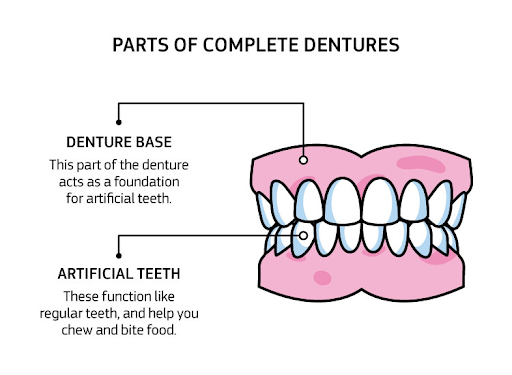
Complete, immediate, or partial dentures? There are many ways to get back your million-dollar smile. We’re here to help you learn the difference between them so you can find your denture match. For starters, there are two types of dentures: temporary (also referred to as immediate dentures) and permanent. You’ll usually get immediate dentures after tooth extraction, whereas permanent dentures can be full or partial and are made for the long haul. Need a guide to the different types of dentures? That’s what we’re here for.
You’ve spent most of your existence biting through life, so why stop now? Complete dentures are here to the rescue, ready to stand in where your natural teeth once did the job (and kudos to your teeth – they did well). But now that your natural teeth have retired it’s time for the complete denture to take over. So what are complete dentures, and how can they make you more confident?


